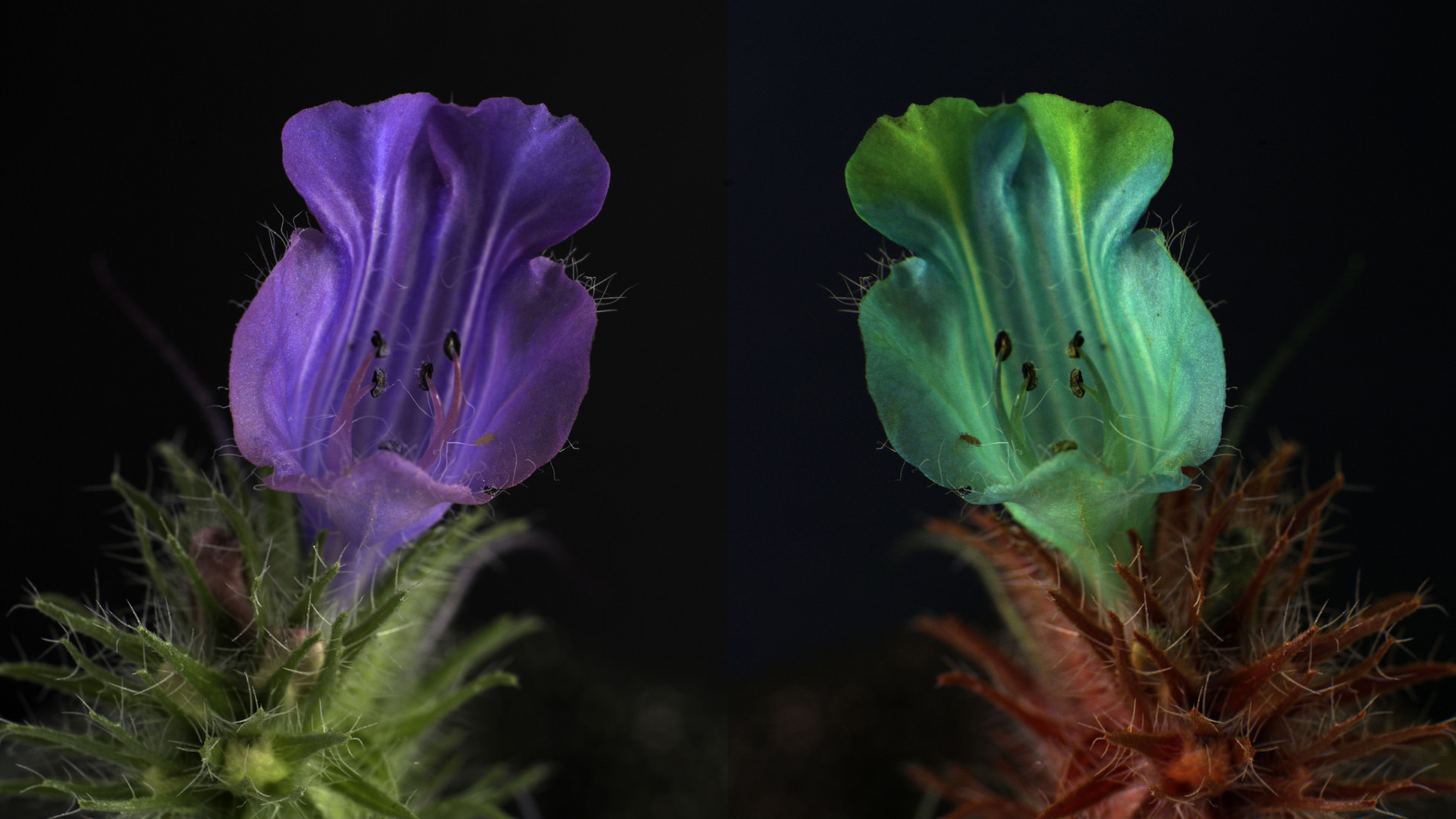See through the eyes of a ferret with this animal vision simulator
And it's a free download!

The other day, we saw what the world looks through a bionic eye. Now, you can see what the world looks like for a honeybee or a fish. Researchers from the University of Exeter have developed software that converts digital photos into animal vision.
As you probably remember from school, different animals see light in different ways - and some can see far more than humans can. Our eyes are sensitive to three colours - red, green and blue, but most other mammals can only see blue and yellow.
Birds, reptiles, amphibians, and many insects, however, see the world in four or more primary colours. They have vision into the ultraviolet spectrum - essentially light that's bluer than what we perceive as blue.
'Accurate and Reliable'
Now, however, you can get a glimpse of what the world looks like to a variety of animals by using the researchers' software to transpose the colours of images from a digital camera into ones that can be seen by humans.
It still requires some specialist equipment - a camera converted to full-spectrum sensitivity and a pair of ultraviolet-pass and visible-pass filters, but with that you can see how blue tits, peafowl, honeybees, ferrets and some fish see the world.
"Digital cameras are powerful tools for measuring colours and patterns in nature but until now it has been surprisingly difficult to use digital photos to make accurate and reliable measurements of colour," said Jolyon Troscianko, who helped develop the program. "Our software allows us to calibrate images and convert them to animal vision, so that we can measure how the scene might look to humans and non-humans alike."
The team described how the software works in a paper in Methods in Ecology and Evolution, and you can download it free for Windows, Mac and Linux here.
Get daily insight, inspiration and deals in your inbox
Sign up for breaking news, reviews, opinion, top tech deals, and more.
Image credit: University of Exeter // CC BY 2.0
